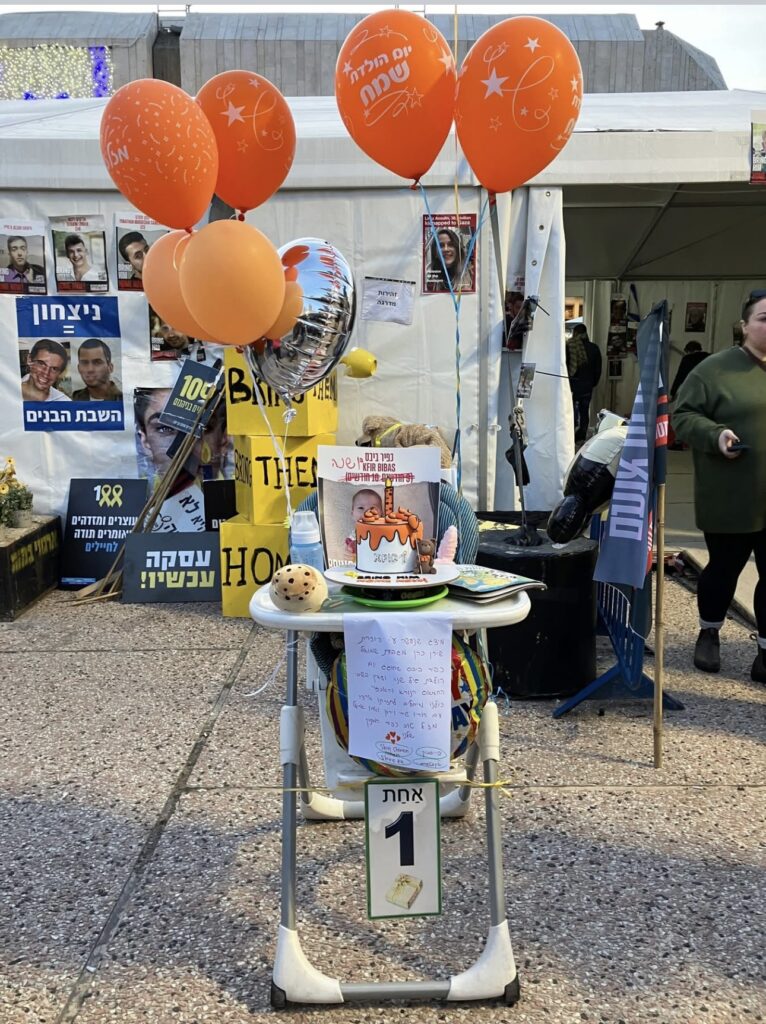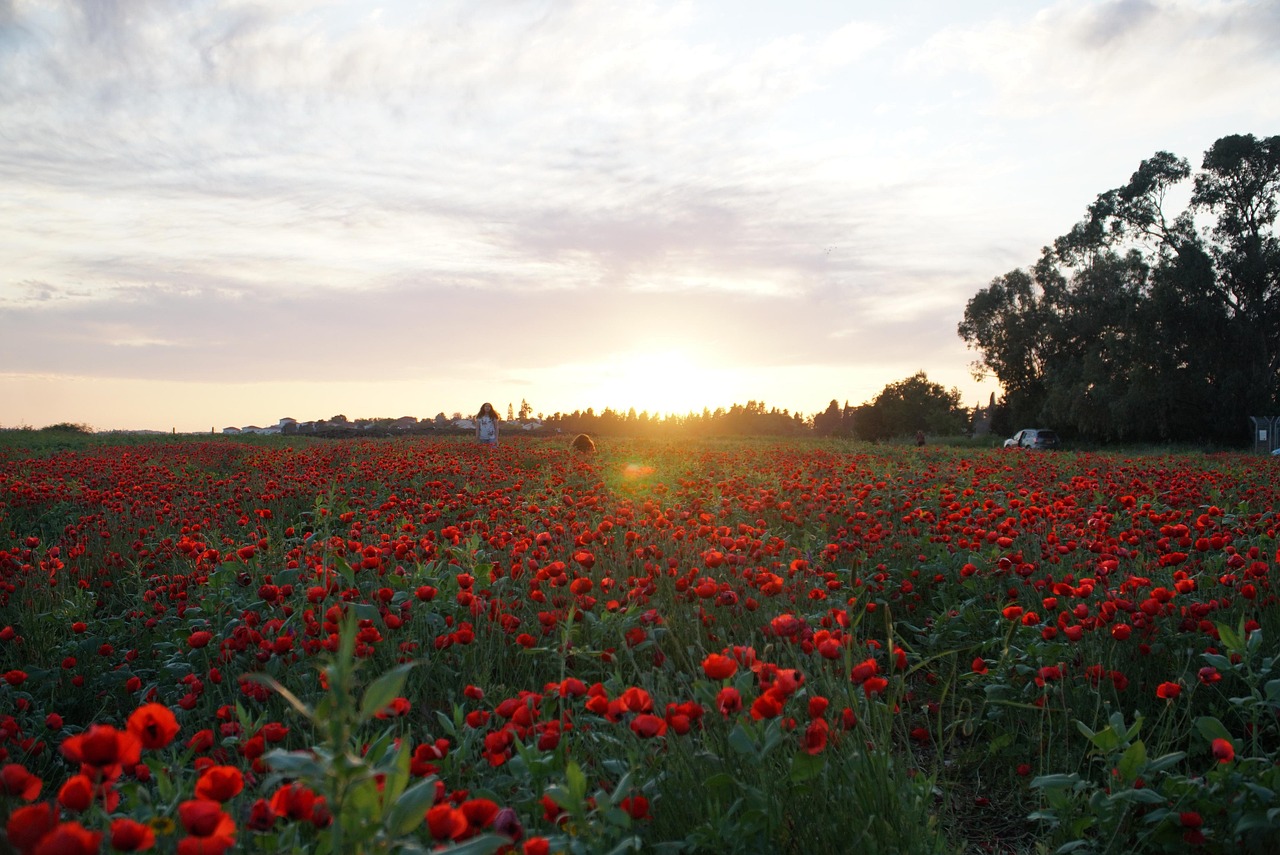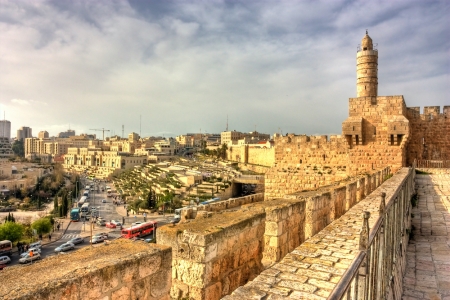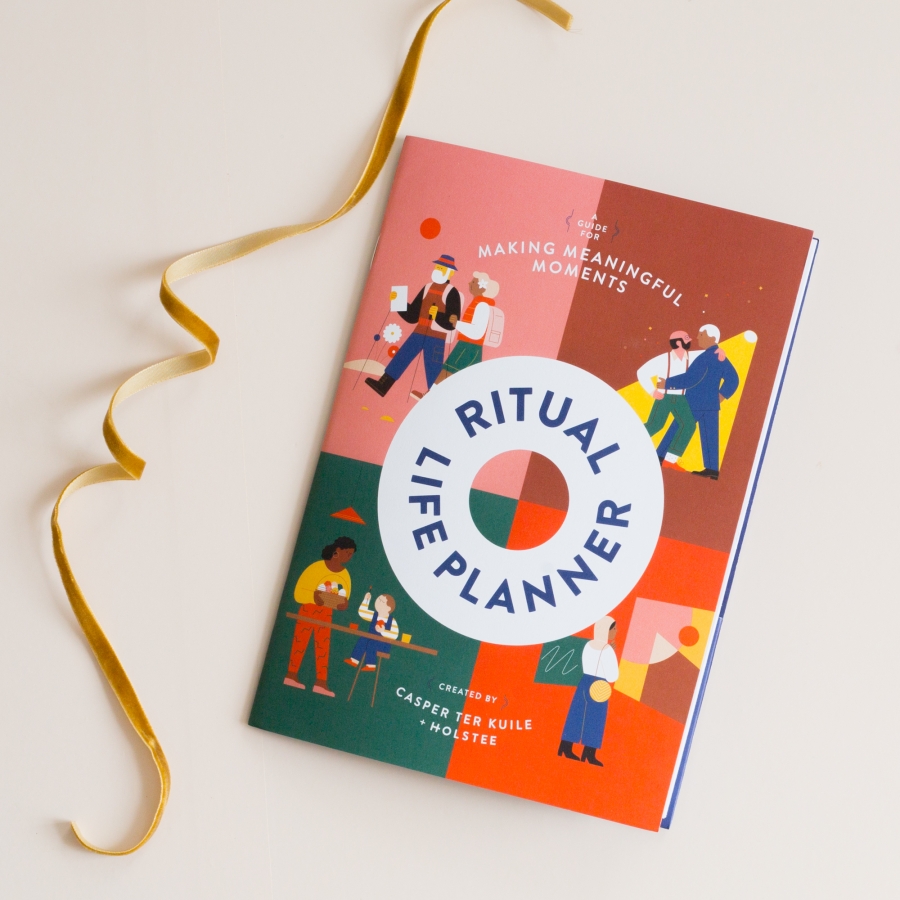Photo courtesy of Rabbi Haviva Ner-David
It’s been at the center of Tel Aviv for decades. Eager passersby traversed the plaza en route to the latest exhibit at the art museum and to discoveries in the municipal library.
Since October 7, the square, now universally called Hostage Square, is a holy place, a makom kadosh.
No one planned, or imagined, that for 517 days – and counting – relatives and neighbors of the 250 hostages taken by Hamas on October 7 would make this city square their home. Here in Hostage Square, some dear ones sleep in tents for weeks on end. Here, they say, is a place they can stand to be. They can speak out, they can gather with others who share their agony; they can be sheltered from everyday normal life that has somehow resumed around them even as they are experiencing unending devastation.
Some people staff centers of information and displays about individual communities that were savaged on October 7, or about the Nova Festival, the gathering that changed in an instant from a trippy rave to a bloody massacre. Others sell posters, pins, and t-shirts to raise both consciousness and money to support the effort to free the captives.
No one decided that this square would become the site of art installations commemorating the terror, and valorizing the victims, dead and alive. It happened spontaneously. People needed to respond to this unfathomable nightmare.
In the square you can find:
The Shabbat dinner table, divided into lovely China and crystal settings on one end, representing the hoped for restoration for those freed from bondage, and, on the opposite end, tin plates holding sand and moldy pita, glasses filled with muddy water representing the hostages’ deprivation and starvation.
A piano, brought by the family of a young musician abducted from the Nova Festival, so that music could go on.
A sculpture of a heart encased in chains.
A model of a tunnel, open for visitors to descend into darkness, to feel for an instant the tiniest piece of ongoing torture experienced by the now 27 hostages believed to be still alive in the Gaza hellscape.
The Chanukah Menorah sculpted from shards of missiles that landed in Israel, festooned with yellow ribbons symbolizing hope and longing for the hostages’ return. A message crafted of stones on a piece of astroturf: mechakim lachem—we are waiting for you.
A giant sculpture modeled on Philadelphia’s LOVE statue with the word love replaced by the letters for Tikvah-hope.
The square is a home for the brokenhearted.
It is a place of despair and hope, a place where cries of anguish can be voiced and witnessed.
It is a living, working community, with its own rhythms and rituals. Every Friday night, a Kabbalat Shabbat service. Every Saturday evening, Havdalah and a rally, featuring talks by relatives and returned hostages, pleas for action, shouts of achshav (now!).
In the square, there is only one task: to keep the hostages at the center of attention – of visitors, citizens, the government, the army, and the world.
Maker of Peace, Compassionate One, may it come to pass that all the lost ones will be found and put to rest with honor; that all the remaining captives will be freed and restored to health; that the kri’ah, the tear in the hearts of their families and the nation will be mended. May the memory of hatred and horror never cease, but may evil be
replaced by compassion, understanding, and peace.
replaced by compassion, understanding, and peace.
May the Square shed its pain and be restored to be once again merely an entryway to beauty and knowledge.

